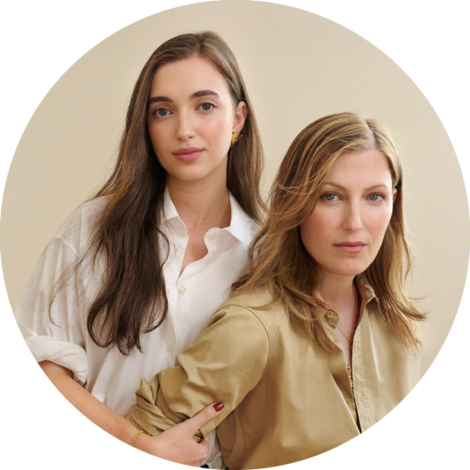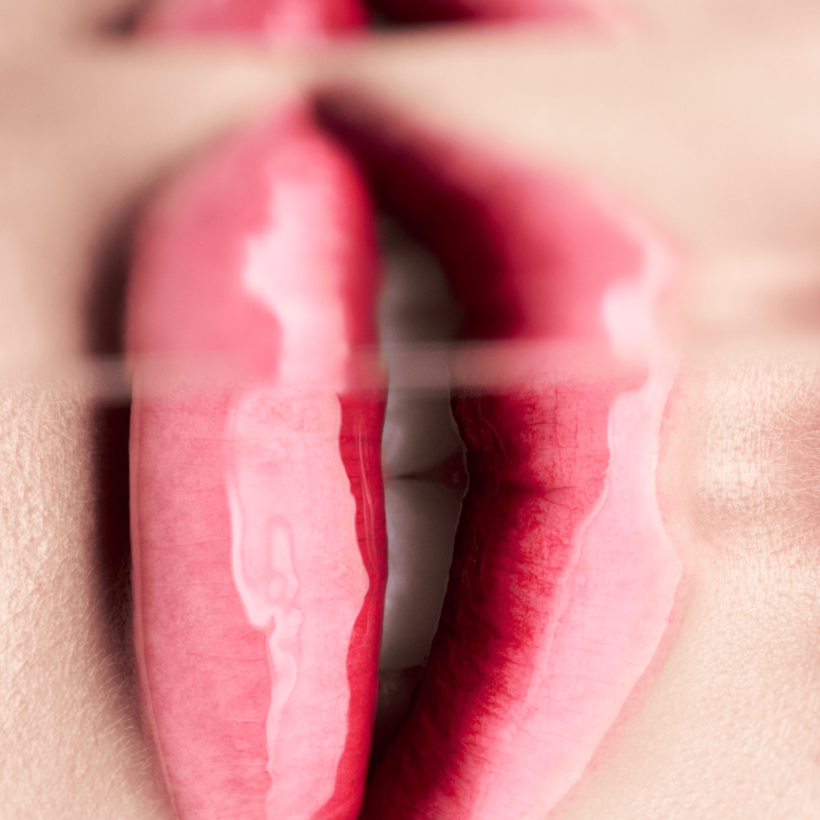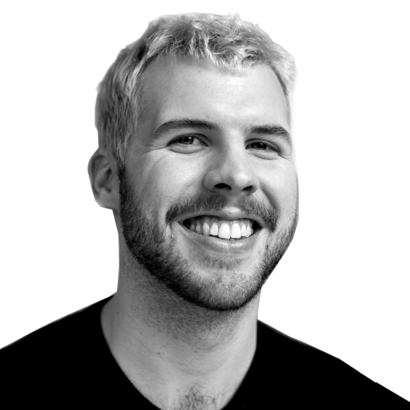Quick, we need to discuss Kylie Jenner, whose origin story is intertwined with the advent of contemporary lip augmentation.
If your mother, brother, or Yogilates instructor has a pair of enlarged lips, it is probably Jenner’s fault. No figure has done more to publicize the look of what doctors call “overfilled” lips, turgid with injected hyaluronic acid. But they may be interested to hear that the look’s popularity is waning, according to the International Society of Aesthetic Plastic Surgery, which recently reported a slight decrease in lip augmentations, indicating we may be past the peak of lip filler for the first time since Jenner put them on the cultural face.
Jenner made her television debut in 2007, the youngest of the Keeping Up with the Kardashians brood. She and her sister Kendall would spend the next few years pursuing a variety of fame-aspirant endeavors: deploying as West Coast correspondents for Seventeen, launching a clothing line, publishing a series of ghostwritten young-adult novels, generally peddling their own sister act. Their paths would converge around 2014, as Kendall, a model, began booking Chanel shows, and Kylie seemed to glow up in an equal and opposite manner—becoming suddenly more buxom, from her lips on down. There was immediate augmentation speculation. Jenner told an E! News reporter that she simply overlined her lips because she thought big lips were “awesome.”
Meanwhile, the media’s appetite for information related to Jenner’s possible body modification was powerful enough to sever her name from her sister’s in the headlines. (“It wasn’t ‘Kylie and Kendall …’ or ‘Kim Kardashian’s sister,’” Mariah Smith, the blogger behind Keeping Up with the Kontinuity Errors, explains to me. “It was ‘Kylie Jenner, teenager, has plastic surgery.’”) It also provided an opportunity for a family adept at turning infamy inside out. So, on Season 10, Episode Nine, Jenner admitted to having “temporary” fillers in a confessional interview. The story’s climax arrived a few months later, with the establishment of a business that would finally define Jenner’s trajectory: Kylie Cosmetics and its gloss-and-liner Lip Kit.
The year 2015 was a watershed for lip filler. That’s when the American Society of Plastic Surgeons (A.S.P.S.) recorded about two million hyaluronic-acid injections, but couldn’t specify where those injections went because fillers had only just been F.D.A.-approved for use in the lips. Galderma released Restylane Silk, an F.D.A.-approved lip filler, in 2015; Allergan followed with Juvéderm Volbella XC in 2016—and those are basically the Capulets and Montagues of the lip-filler market. The mouth of the moment traced a fluffy geometry: round, upholstered, uncanny.
Catherine Chang, a board-certified plastic surgeon in Beverly Hills, has fielded a decade’s worth of requests for lush “50/50s,” in which the top lip is as tall as the bottom. “It’s pouty, sultry, seductive,” she says. “But that just doesn’t look natural.” Top lips were sculpted up and out, as if to build a shelf under the nose, and proportions could be dialed up by the cubic centimeter. In other words, overfilled was the look. Now some doctors are saying that we’ve left the look behind.
“I think we’ve passed the peak,” Shereene Idriss tells me. The dermatologist caveats that visitors to her Manhattan practice are usually looking for a subtler aesthetic effect than the one that lip fillers are associated with. In other words, she’s remained ahead of the descending curve. Still, she is happy to sound the death knell for “poorly re-created Picasso” lip fillers. “It’s just not a good look,” Dr. Idriss says. “It’s not a good look at all.”

Why do we overfill? Dr. Idriss mentions Jenner as one catalyst, in harmony with a growing din of facial-aesthetic chatter on Instagram, where selfie culture thrived, and on RealSelf, the plastic-surgery forum that saw rapid user growth and investment leading up to 2018. Heading into the pandemic, the overfill was something of an aspirational look, conferring all sorts of signifiers from the early Jenner-esque period—Black phenotypes collaged on white bodies, Calabasas-flavored luxury, new American Instaglamour and kontour culture—that feel dated at best. “When people’s faces were covered by masks, they felt more adventurous and wanted to try it out,” Dr. Idriss notes. When the masks came off and people were face-to-face, she says, they “were like, ‘Whoa, what happened?’”
But if lip filler has peaked internationally, the numbers in America suggest we are simply closer to approaching Base Camp 2. The A.S.P.S. reported a 70 percent increase in filler procedures between 2019 and 2022. And for the first time in the report’s history, lip augmentation made the list of top five procedures; fillers are to plastics as lipsticks are to cosmetics, not just in their mouthiness but also in their resilience during “uncertain economic times.” Slowly but surely, the overfill has crawled toward America’s heartland, with Middle America among the regions with the highest rate of procedures. “There is no longer demographic dominance,” A.S.P.S. vice chair of public education Umbareen Mahmood tells me. The popularity of lip filler is officially “widespread.”
Dr. Chang tells me, “We’re not seeing much of a slowdown of people interested in lip filler, but more of a change in the mindset and aesthetic.” In other words, it’s the era of the underfill.
“Your lips need to accommodate the volume that you’re injecting,” Idriss says, warning that it’s easy to go from natural to Kylie in one session. She prefers a “slow process,” injecting half a syringe of filler stretched over several sessions. Jason Diamond, a board-certified plastic surgeon in Beverly Hills, follows a similar cadence. Dr. Diamond is partial to an invisible touch for what he calls his “visible clientele.” “Things are done slowly over time to create a very beautiful, harmonious look,” he says.
Dr. Diamond also notes that there exists a range of other lip fillers, from fat injections to implants. Though hyaluronic acid is still the most popular choice, it’s also typically associated with the overfill. (Implants can “be a really good option,” he says, as filler is unlikely to help a patient with critically thin lips.)
Jenner herself has embraced the shrink, dissolving her lip filler in 2018, though this appeared temporary, even as she continues to be the poster child for artificially large lips—the A.S.P.S. report for 2022 still makes note of the “Kylie effect.” She’s ever the trendsetter, and others have been doing the same; not a single doctor I spoke to seems disappointed by this development. Most are unable to suppress their joy. “I love it,” Dr. Chang tells me. “I say, what’s always trending is natural beauty.” Natural is hard to achieve using a syringe. It’s easier, Drs. Chang and Diamond both note, not without irony, using a scalpel.
Brennan Kilbane is a New York–based writer. He is originally from Cleveland, and his interviews and essays have appeared in GQ, New York magazine, and Allure, where he was recently on staff as a features writer





